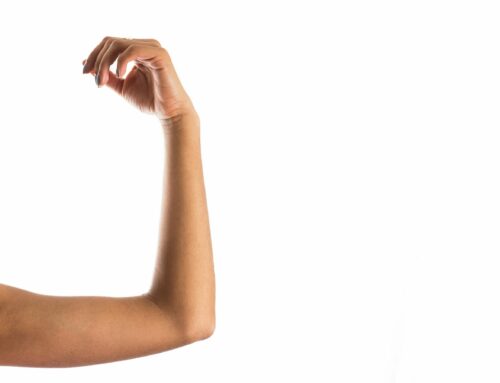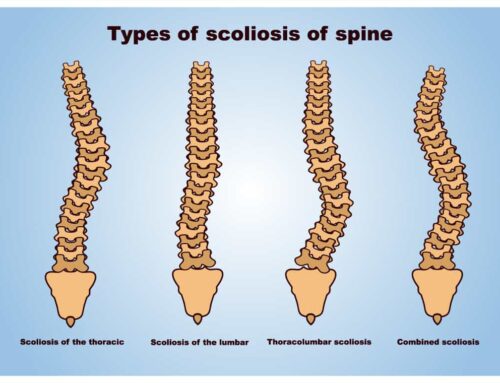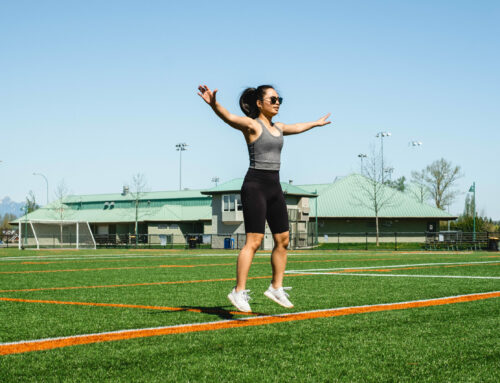Have you had a niggly back that you’ve ignored for days or even weeks or months before it’s become full blown back pain? Don’t worry, all of us have been there. But perhaps you’ve thought that the pain is not bad enough to go to a physio for? It didn’t stop you from doing your daily activities before but now it’s affecting how long you sit for or lift even a laundry basket! But isn’t physiotherapy supposed to be for “injuries” sustaiend either with a fall or car accident or sports? You may have heard of people getting physio at the hospital but you’re not sure if it’ll work for you? Have I listed all those questions that you’re brain has thrown at you already? I mean how do you even know that you have a herniaated disc right? Ok, Ok before I drive you mad, let me first start with how exactly does a herniated disc cause back pain.
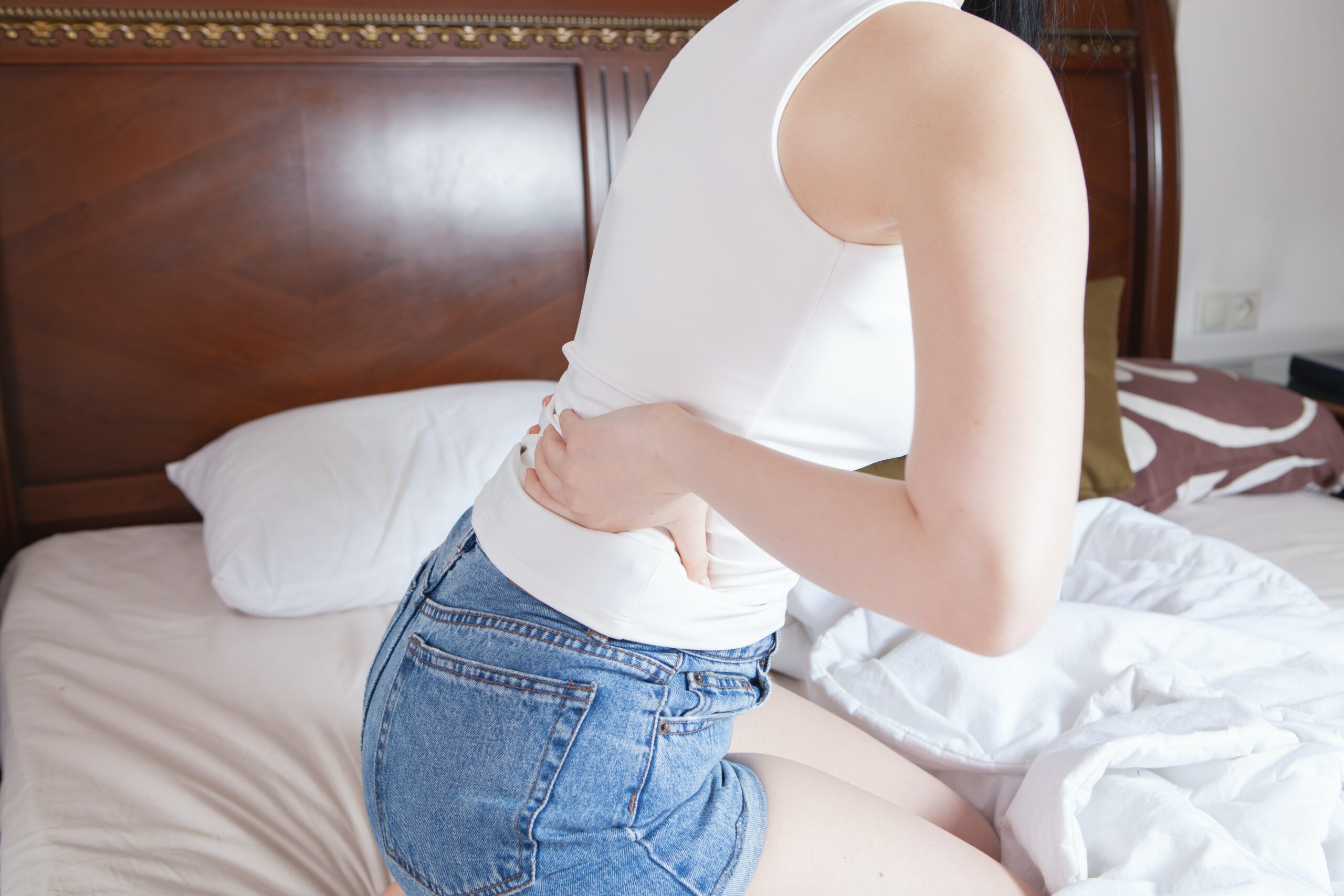
Why do you get back pain from a herniated disc?
If you look at the structure of our back. It’s made up of several small bones (33 to be exact) that make up the spine. These bones join on either side through facet joints and also through the centre with pretty much “the discs”. A disc is made up of a gel like substance surroudned by fibrous tissue. On that’s how much technical we will get at the moment. So basically these structures of the spine usually will take the pressures of your daily activities. Whether you’re lifting, bending, sitting, twisting and so on. Now bear in mind , that if you’re not used to a particular activity or you’re doing it after a long time or you’ve been doing it repetitively (like repetitive bending in your job), there’s lot more pressure going through. And by the way sitting and bending incorrectly are the worse things you can do for your back. This can create tremendous amount of pressure on the disc causing it to get inflammed or swollen. That’s pretty much what a bulging or herniated disc is. This inflammation is what causes back pain.
Now I need to point it out that back pain from a herniated disc doesn’t always have to be sudden and excruciating. It can slowly develop over a period of time, the more you do certain activities incorrectly. Or also if you already have a weakness in the muscles that support your back. You see our abdominals and the deep muscles of our core prevent us from getting back pain. So if these muscles are weak due to pregnancy or a beer gut for example, then you’re already more vulnerable to back pain. Hope this makes sense.
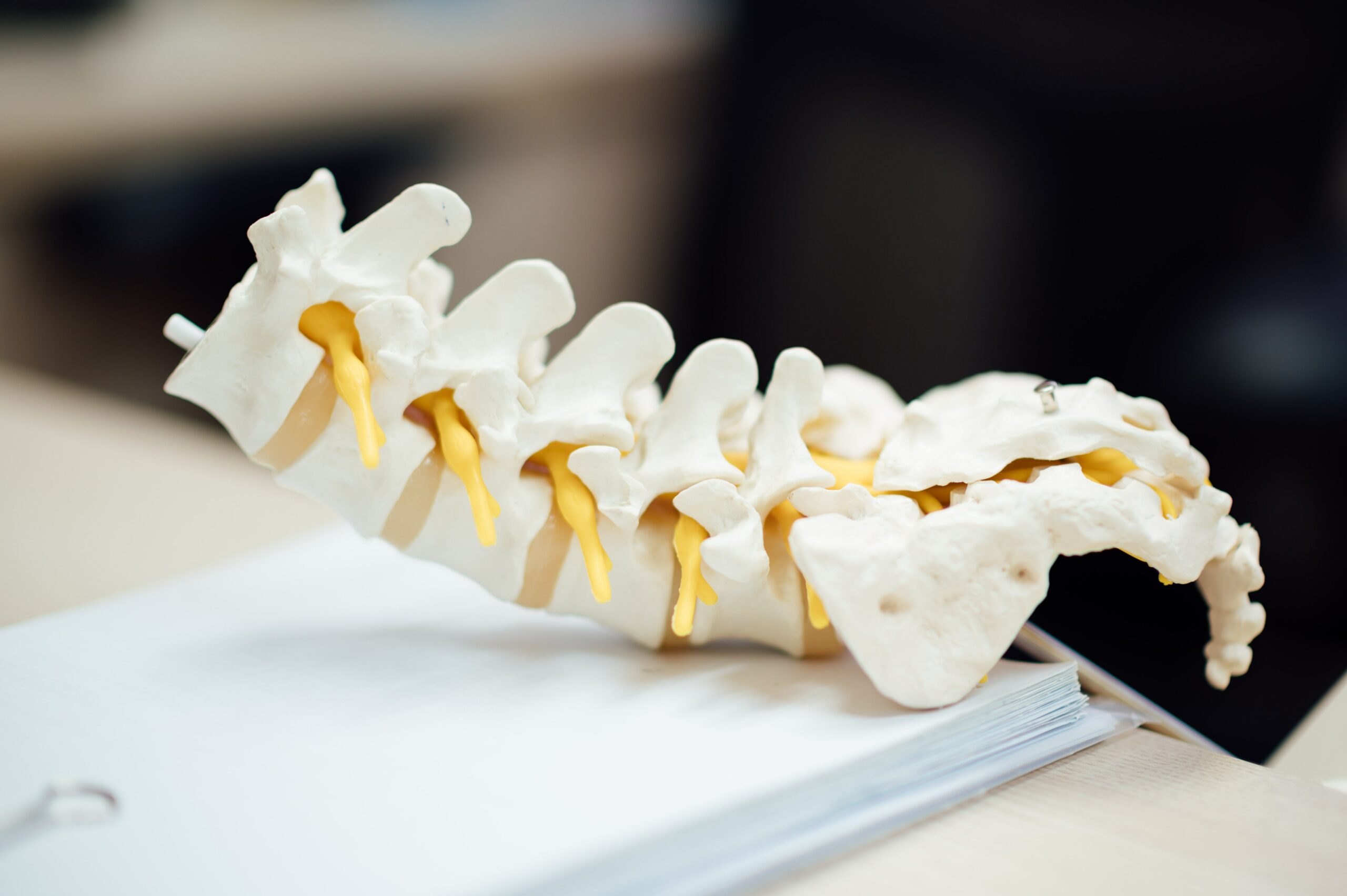
Why Physiotherapy is the best choice for treating back pain due to a herniated disc?
You’ve probably considerd chiropractice and remedial massage. It’s usually one of these that most of our patients have tried unsuccessfully to get rid of their back pain from a herniated disc. So first of all let me begin with saying that back pain treatment is pretty much the bread and butter of physiotherapists across the globe! This is exactly why we know exactly how to diagnose back pain and know if it may be coming from a herniated disc. Physiotherapists are first contact practitioners, which means you don’t need to see a GP before you come to us. And guess what? we do treat back pain that’s gradually developed due to repetitive lifting at work or gym. It doesn’t have to be related to an injury from a car accident or a fall or sports. Of course we do treat back pain because of these other causes as well but we also treat regular moms and dads suffering from back pain.
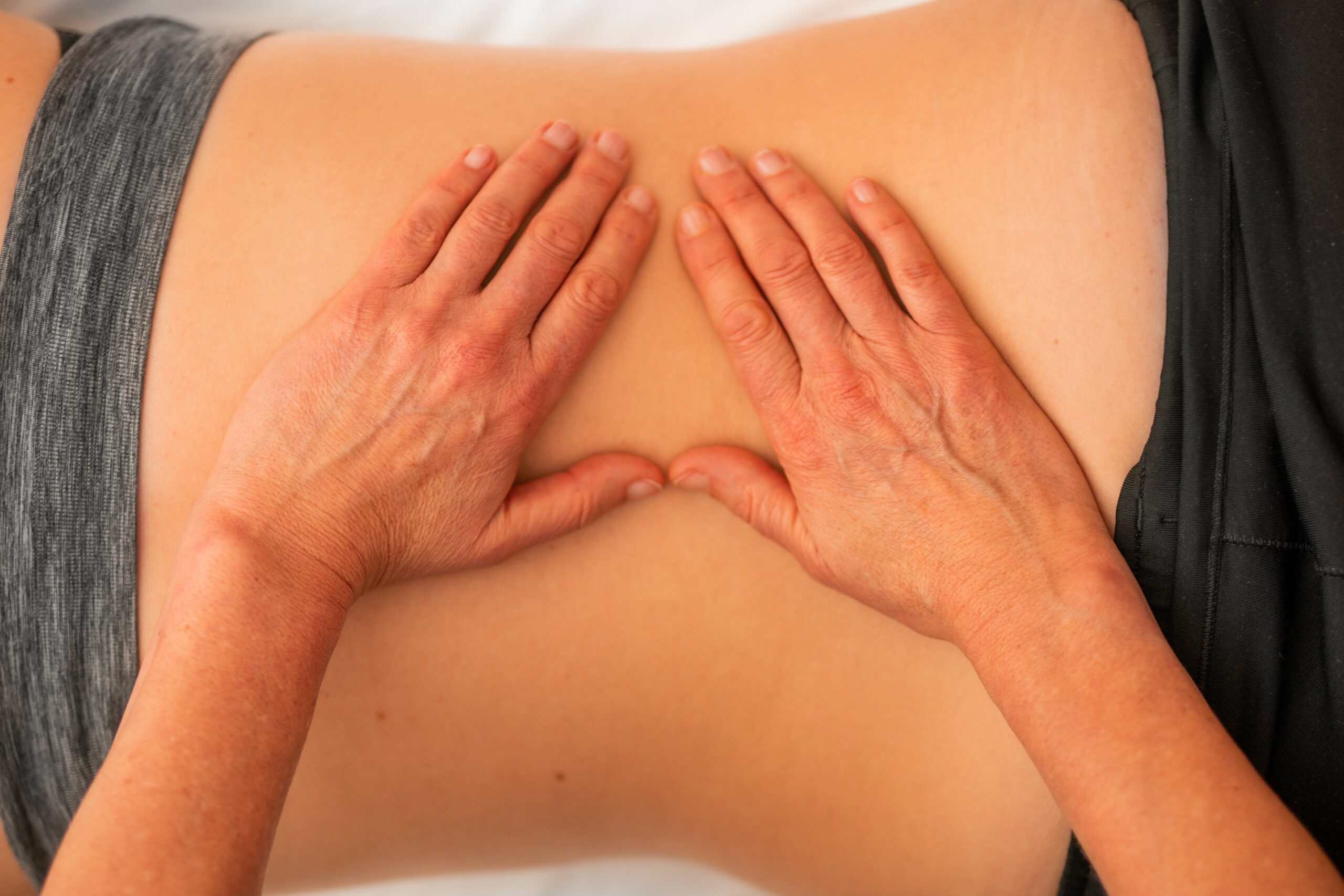
So how exactly will our physiotherapists treat your back pain due to a herniated disc?
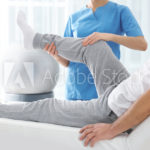
Great question that I’m sure you’re eager to know the answer of! Once our physios know the root cause of your back pain, they will do hands on treatment immediately to first get your pain under control. We follow a 2 step process to get you to 100% recovery within a certain timeframe. The timeframe does depend upon how your body heals, how long you’ve had back pain for (even niggles) and how good you’ll be with following the do’s and dont’s we advice. So the first stage of hands on treatment includes joint mobilizations which is literally getting movement into your joints to promote blood flow through the area. This helps in reducing the inflammation causing back pain. It will also give you more movement in your back especially if you’ve been waking up with a stiff back in the mornings. Our physiotherapists also then work on releasing the muscle tension with deep tissue massage and trigger pointing.
The second stage in the treatment process is strengthening of core muscles to ensure that this doesn’t happen again. We email you an exercise program with videos and instructions so you don’t have to remember the exercises that the physio recommends. Reformer pilates is a great way to strengthen the back and we have 4 reformers that we use to help patients either with 1 on 1 or group classes.
So if you or anyone you know needs our help, please send them this article or you can book online below.



